Your First Veggie Garden: A No-Nonsense Guide to Actually Growing Food
So you want to grow your own food. Awesome. I’ve spent more years than I can count with my hands in the dirt, from running big market gardens to helping my neighbors turn sad patches of grass into something they can actually eat. And the first question is always the same: “What’s easy to grow?”
In this article
Honestly, “easy” isn’t the right word. No plant just grows itself. A better word is “reliable.” Some plants are just straightforward—if you give them what they need, they’ll almost always give you something back. The biggest mistake I see beginners make is focusing only on the plant and completely forgetting about its world: the soil it lives in, the sun it eats, and the water it drinks. Get those right, and you’re already most of the way there.
This isn’t just another list of vegetables. We’re going to cover the foundational stuff the pros worry about first. We’ll get to a few superstar plants, for sure. But more importantly, you’ll learn the “why” behind everything. This is how you learn to think like a gardener, and it’s the real secret to a garden that actually produces.
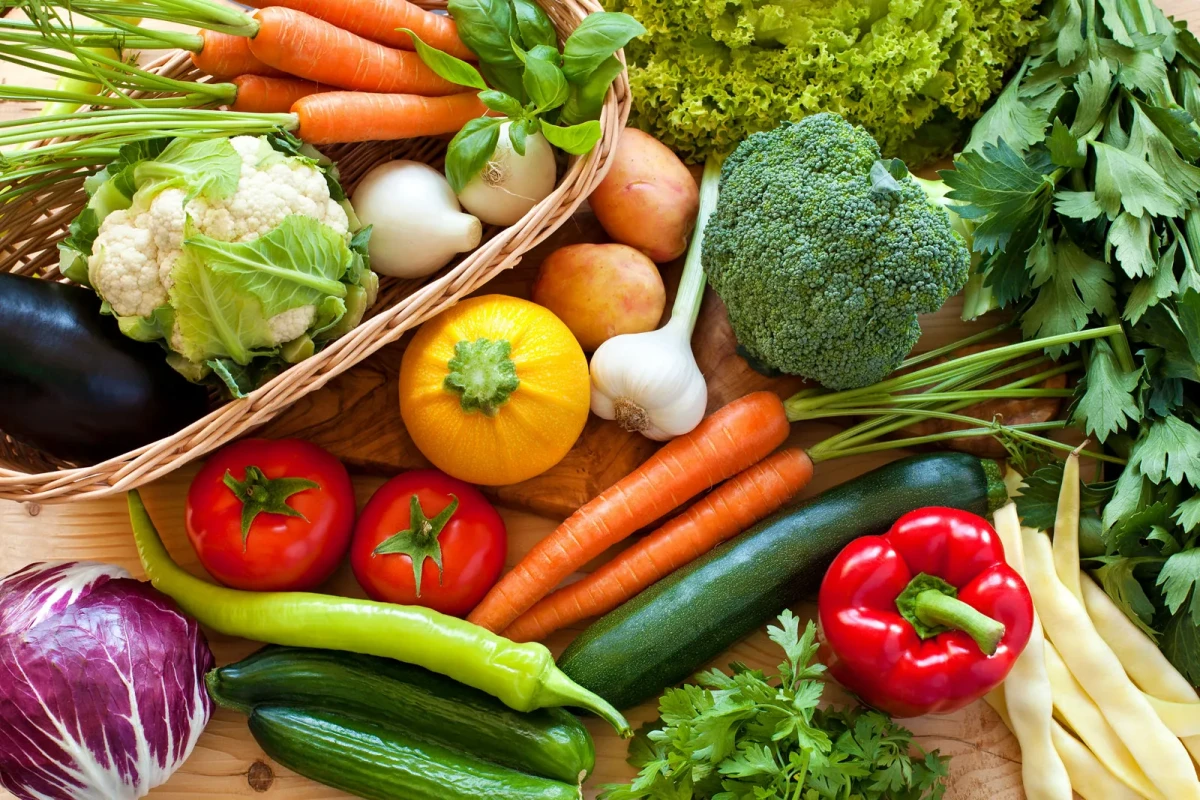
First Things First: Your Garden’s Foundation
Before you even think about buying a single seed packet, you need to sort out your growing space. Seriously, the pros spend most of their time on prep work, not planting. Nail these three things, and you’ve basically guaranteed yourself some level of success.
Let’s Talk About Dirt (But Call It Soil)
Soil isn’t just brown stuff; it’s a living, breathing ecosystem. The dream is a soil called “loam,” which holds moisture perfectly without turning into a swamp. Most of us don’t have that. You’ve probably got soil that’s either sandy (drains too fast) or clay (heavy, dense, and suffocates roots).
The fix for both is the same: add organic matter. The best and most accessible is compost. It helps sandy soil hold onto water and gives dense clay soil some structure so it can breathe. You can grab bags of good compost at places like Home Depot or Lowe’s for about $5-$8 a bag. If you’re starting a bigger plot, look into local landscape suppliers who can deliver a cubic yard for around $40-$60, which is way more cost-effective.
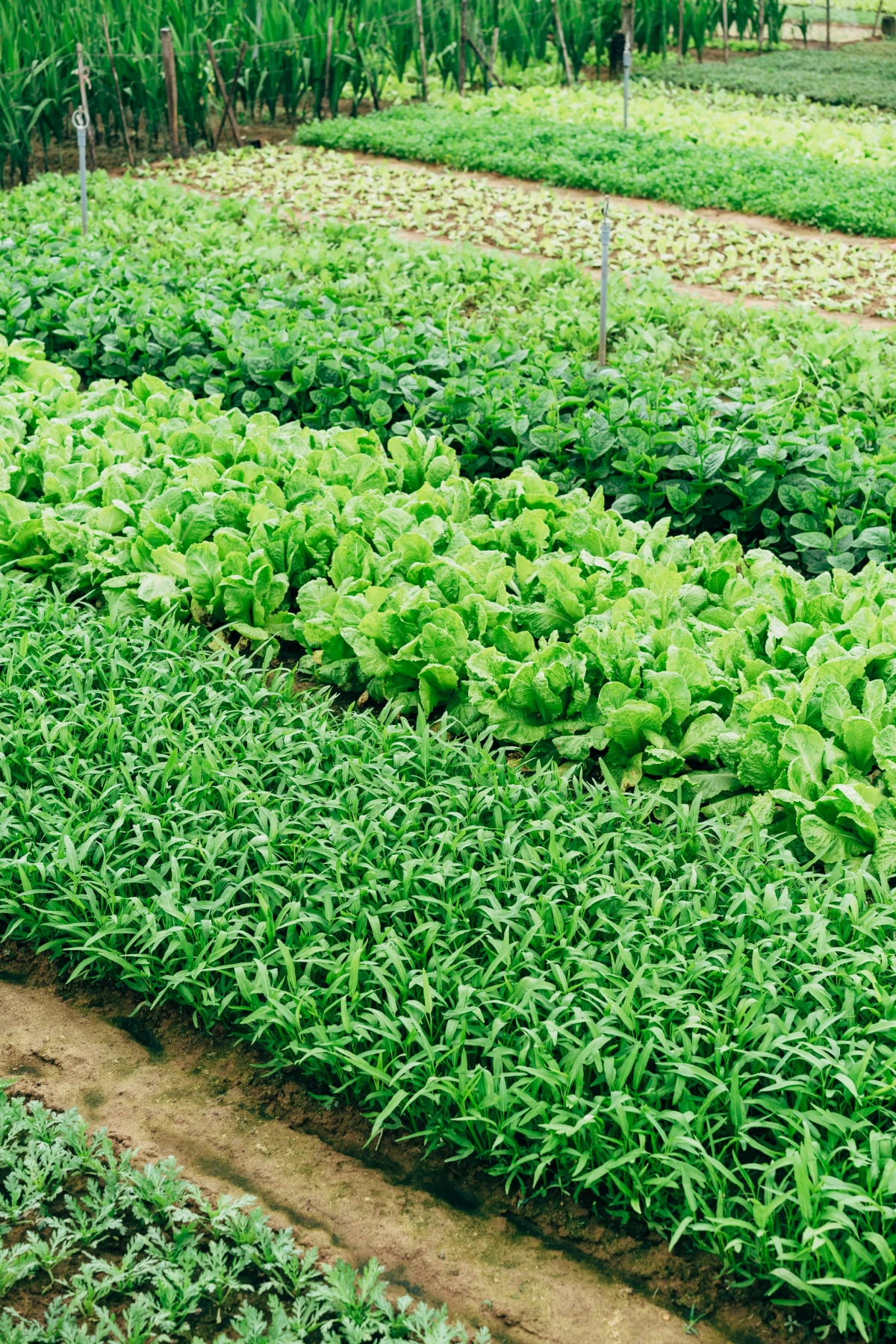
Quick Tip: For a brand new garden bed, try this trick. Lay down a layer of plain cardboard right on the grass (it will smother the weeds). Then, pile 4 to 6 inches of compost right on top. The worms and microbes will do all the hard work of mixing it for you over a few months. It’s a game-changer.
Oh, and if you want to geek out, try the jar test. Put a cup of your soil in a big glass jar, fill it with water, add a drop of dish soap, and shake it like crazy. Let it settle for a day. The layers will show you what you’re working with—sand on the bottom, silt in the middle, clay on top. If it’s mostly sand, you know you’ll need to water more. If it’s mostly clay, you’ll know to be super careful not to overwater.
Sunlight: The Free and Essential Ingredient
Plants eat sunlight. It’s that simple. Without enough of it, they’ll be sad, spindly, and won’t give you any food. Most vegetables need what we call “full sun.”
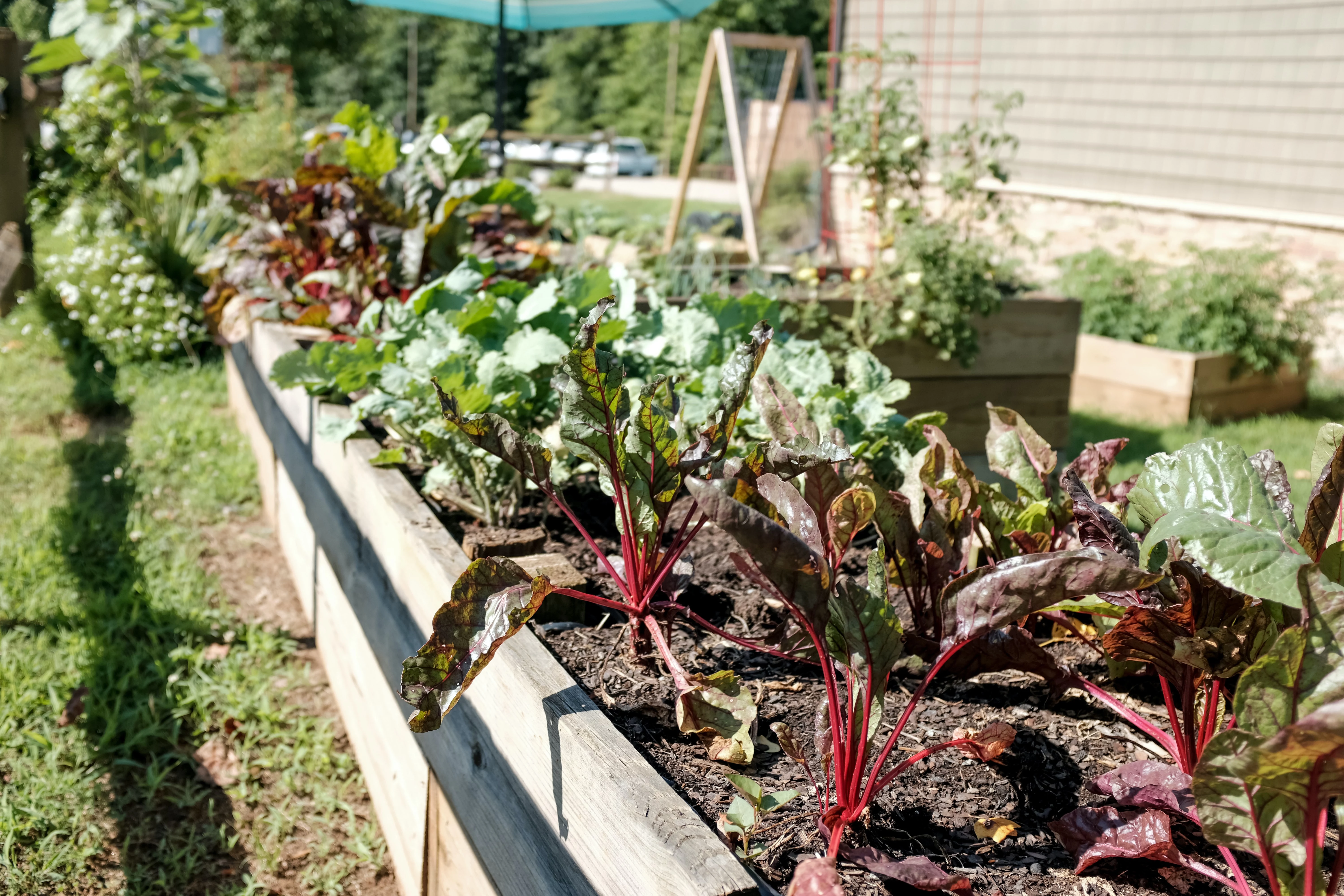
In garden-speak, full sun means at least 6 to 8 hours of direct, unfiltered sunlight hitting the plants each day. Don’t guess—actually watch your yard for a day. See where the shadows from your house or that big tree fall in the morning, at noon, and in the afternoon. That sunny spot is your prime real estate. Heads up: the sun’s path is lower in the sky in spring and fall, so a spot that’s sunny in June might be partly shaded in September. Plan accordingly!
Watering: The Easiest Thing to Get Wrong
More plants die from wrong watering than anything else. The goal is soil that’s consistently moist, like a wrung-out sponge, not a soggy bog. Roots need to breathe, and if the soil is always waterlogged, they’ll drown.
Deep, infrequent watering is WAY better than a light sprinkle every day. A light sprinkle just wets the surface, which encourages shallow roots that get fried on the first hot day. A deep watering encourages roots to grow down deep where the soil stays cool and moist. A good rule of thumb is to provide about 1-2 gallons of water per square foot, once a week. But always, always use the finger test: stick your finger two inches into the soil. If it’s dry, it’s time to water. If it’s damp, check again tomorrow.
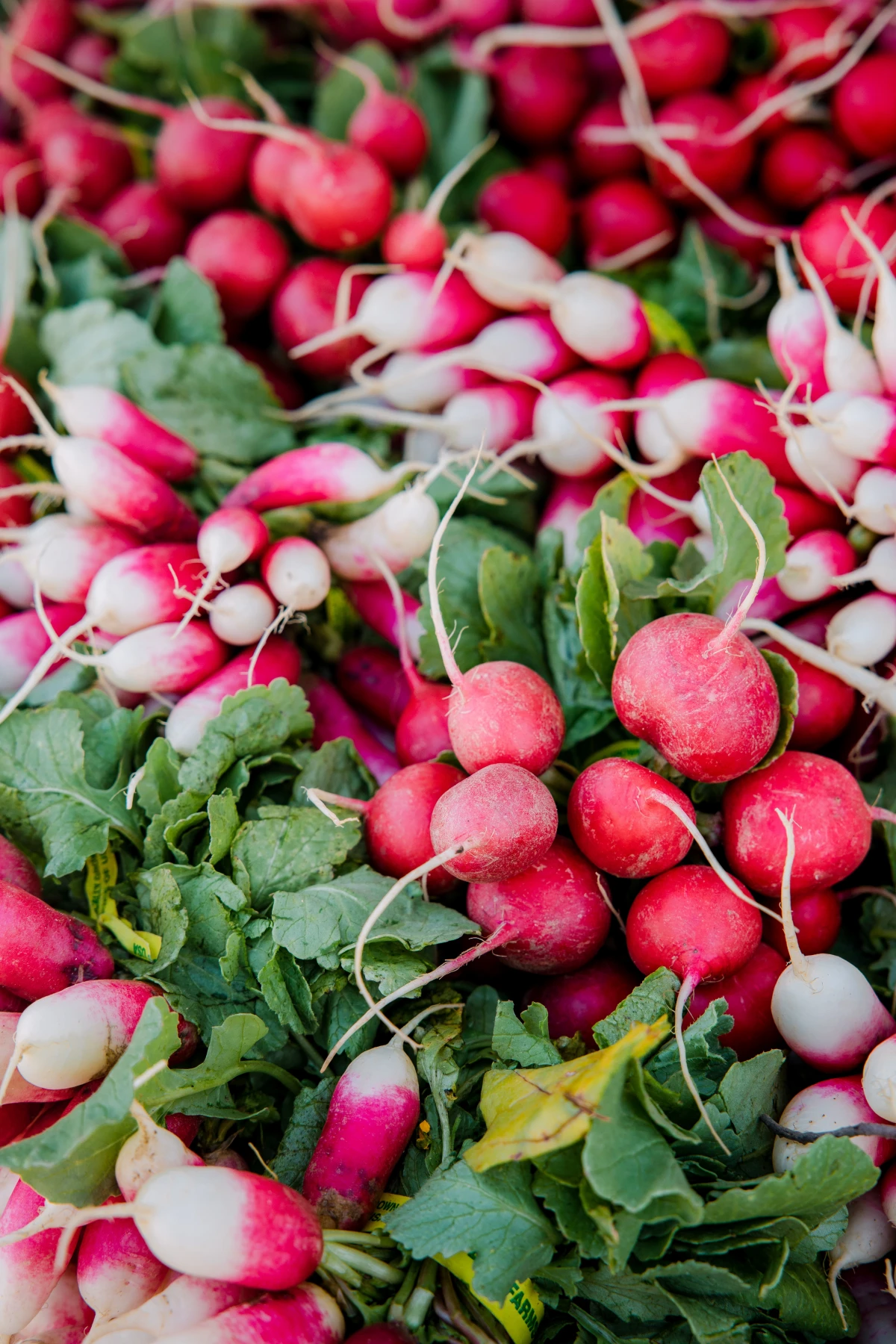
And when you water, aim for the base of the plant in the morning. Soaking the leaves, especially in the evening, is like sending an open invitation to fungal diseases.
Five Reliable Veggies to Get You Started
Okay, with a solid foundation, you’re ready for the fun part. These veggies are reliable because they grow fast, don’t have a ton of enemies, and can handle a few rookie mistakes.
1. Radishes: The Confidence Booster
Want a quick win? Plant radishes. You go from seed to salad in about three to four weeks. It’s an incredible feeling.
The Deets: Radishes love the cool weather of spring and fall. Look for common varieties like ‘Cherry Belle’ or ‘French Breakfast’. Plant the seeds about a half-inch deep and an inch apart. Once they sprout, you HAVE to thin them to be about 2-3 inches apart. I know it feels wrong, but if they’re crowded, you’ll get all leaves and no radish. Just snip the extras at the soil line with scissors. To get a steady supply, plant a small row every 10 days instead of all at once.
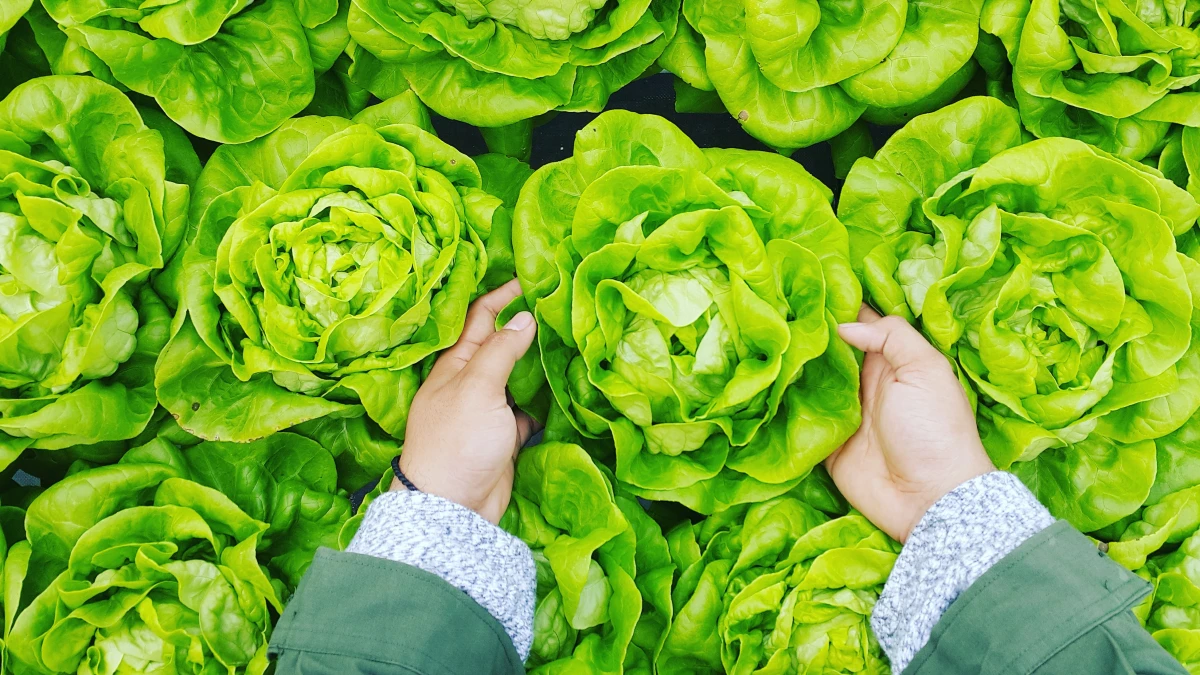
Troubleshooting: If your radishes are super spicy or woody, they got stressed out by heat or inconsistent water. If you see tiny holes in the leaves, that’s just flea beetles. Don’t panic; a healthy plant will be fine.
2. Bush Beans: The Over-Producer
Beans give you a huge amount of food for the space they take up. I suggest starting with bush beans (not pole beans) because they’re compact and don’t need a big trellis. You’ll be eating fresh beans in about 50-65 days.
The Deets: Wait until the soil is genuinely warm to plant beans—they’ll rot in cold, wet soil. A good rule of thumb is to plant them around your area’s “last frost date.” (Don’t know it? Just Google “last frost date [your town]” – it’s a critical date to know!). Plant seeds an inch deep and 3 inches apart. Good varieties to look for are ‘Bush Blue Lake’ or ‘Provider’.
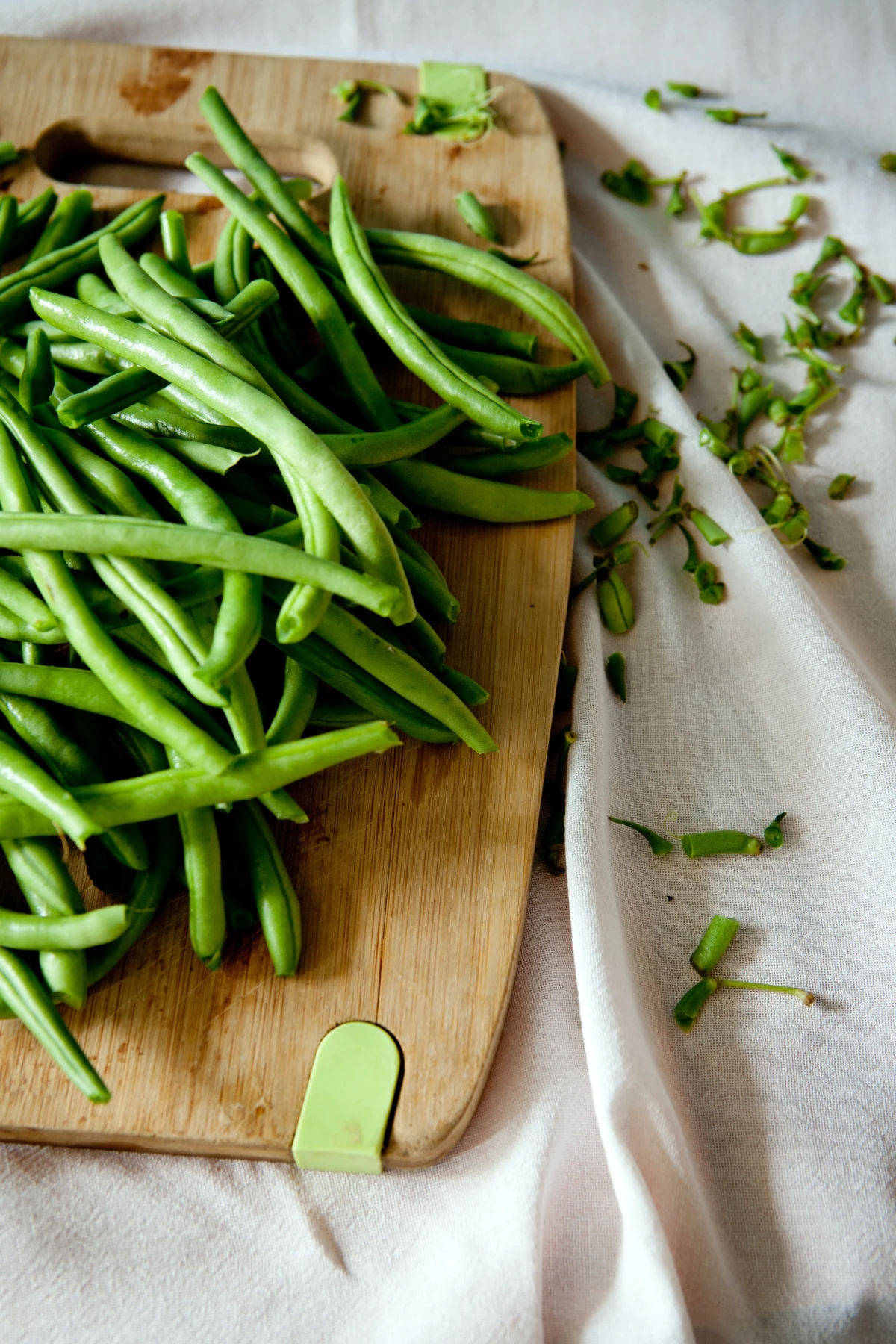
The most important part? Harvest, harvest, harvest. Pick the beans every other day when they’re about the thickness of a pencil. If you let them get big and lumpy, the plant thinks its job is done and will stop making more.
3. Loose-Leaf Lettuce: The Cut-and-Come-Again Salad Bar
There’s nothing like garden-fresh lettuce. Skip the tricky heading types for now and go for loose-leaf varieties like ‘Black Seed Simpson’ or ‘Oakleaf’. You can harvest from one plant for weeks, and you’ll be snipping your first leaves in about 45-55 days.
The Deets: Lettuce seeds are tiny and need some light to germinate, so don’t bury them. Just scatter them on the soil surface and sprinkle the lightest dusting of soil over them. Once they sprout, thin them to be 4-6 inches apart for good air circulation. To harvest, just snip the outer leaves when they’re 3-4 inches long, and leave the small center leaves to keep growing. You can do this every few days!
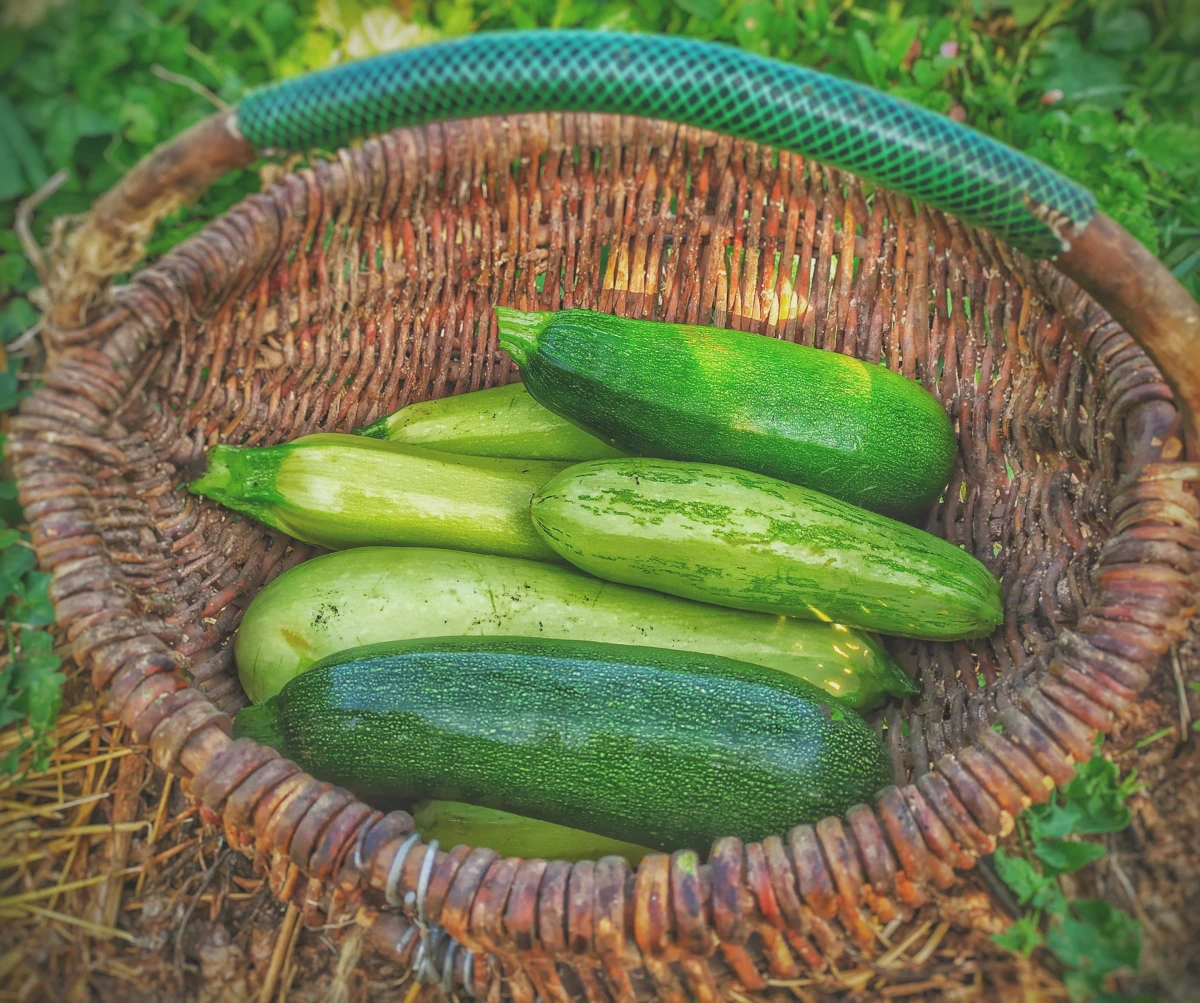
Heads Up! Lettuce hates summer heat. It will “bolt” (send up a flower stalk and turn bitter). You can delay this by giving it some afternoon shade. A simple piece of 30% shade cloth can extend your harvest by weeks.
4. Zucchini (Summer Squash): The One You Can’t Kill
I have to be honest: zucchini is almost too reliable. My first year, I planted six plants and ended up leaving baskets of it on my neighbors’ doorsteps in the middle of the night. One plant. Just plant ONE plant for a small family. You’ll be swimming in it in about 50-60 days.
The Deets: Give it space—it’ll spread 3 feet wide. ‘Black Beauty’ is a classic for a reason. Zucchini has male and female flowers, and bees need to move pollen between them. If you see tiny zucchinis that turn yellow and shrivel, your bees are slacking. You can play bee! Just take a small paintbrush or a Q-tip, swab the pollen from a male flower (the one on a plain stem), and gently brush it inside a female flower (the one with the mini-zucchini at its base). Problem solved.
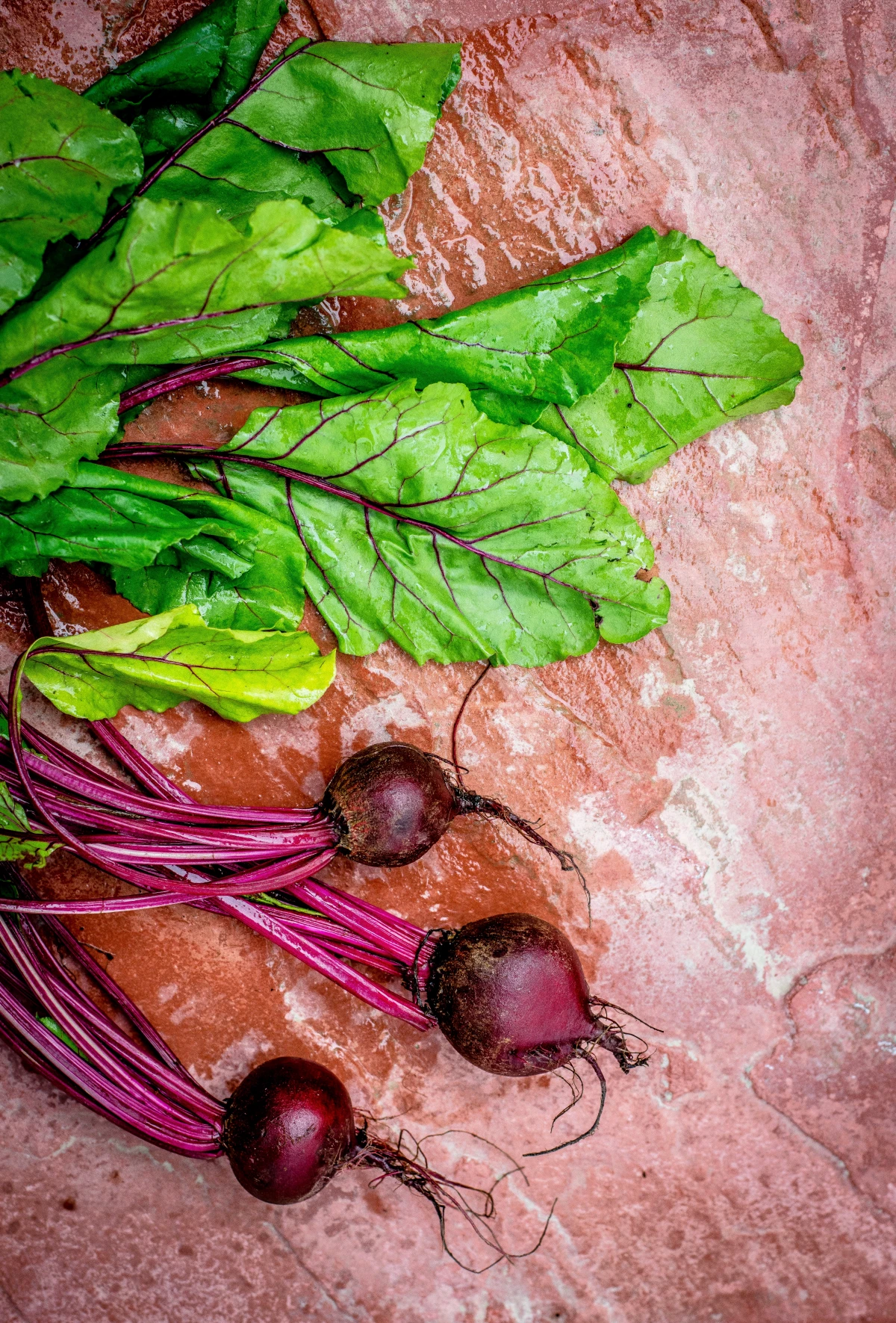
My Painful Lesson: The big enemy is the squash vine borer. It’s a grub that tunnels into the stem and kills the plant overnight. One year, my beautiful plants were thriving one day and completely dead the next. I found the telltale little hole at the base of the stem with some sawdust-like gunk. It was a total loss. Now, I always wrap the bottom few inches of the stem with a small strip of aluminum foil when I plant. It can stop the moth from laying its eggs there in the first place.
5. Sugar Snap Peas: The Taste of Spring
Eating a sweet, crunchy sugar snap pea right off the vine is a top-tier gardening experience. Peas are a cool-season crop, so timing is everything. You’ll be munching on them in about 60-70 days.
The Deets: Plant peas as soon as the soil can be worked in spring, often 4-6 weeks before your last frost. Look for varieties like ‘Sugar Snap’ or ‘Sugar Ann’. Plant seeds 1 inch deep and 2 inches apart. Even bush types appreciate a simple trellis to climb on—it keeps them clean and makes picking a breeze.
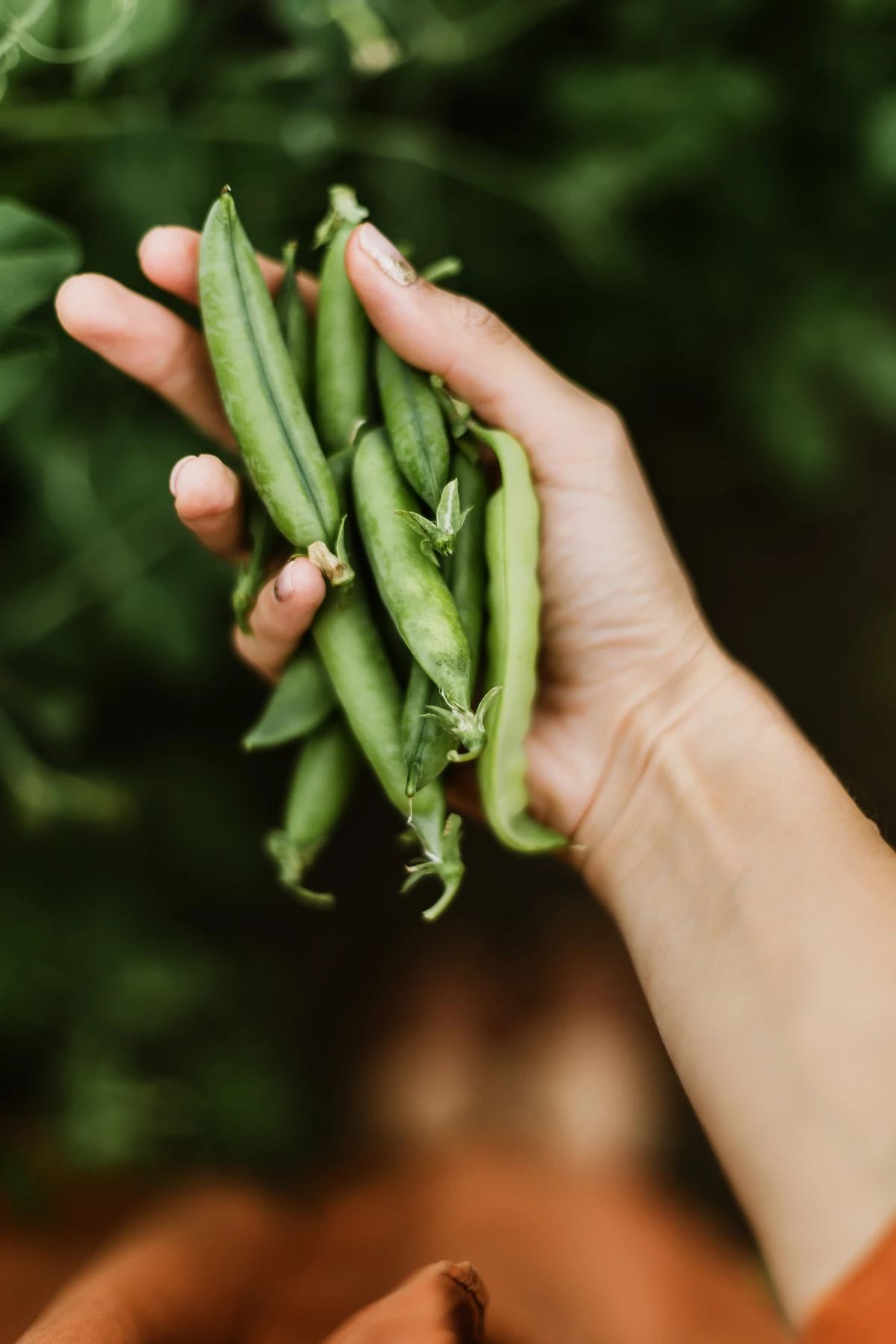
Lesser-Known Trick: Before planting, coat your pea seeds in something called an “inoculant.” It’s a powder containing beneficial bacteria that helps the peas grab nitrogen from the air, which means a bigger, healthier harvest. It’s cheap (about $5-7 a packet online or at a good garden center) and makes a huge difference.
A Few Final Thoughts
Growing in Pots? No Problem.
All these veggies work in containers, but you have to be more hands-on. Use a big pot—a 5-gallon bucket (with drainage holes!) is perfect for one zucchini plant. Use a quality potting mix (about $15-20 for a big bag), not heavy garden soil. And know that containers dry out FAST, so you’ll likely need to water daily on hot days. Since nutrients wash out with every watering, plan to feed your plants with a liquid fertilizer like fish emulsion every couple of weeks.
A Word on Letting Go
Look, sometimes a crop just fails. It happens to everyone. A late frost, a pest you didn’t see coming, a week of horrible weather… it’s part of the deal. Don’t take it personally. See it as a learning moment. Yank the failed plants, amend the soil with a little fresh compost, and plant something else. The garden is surprisingly forgiving. Start small, have fun, and enjoy the profound satisfaction of eating something you grew with your own two hands.
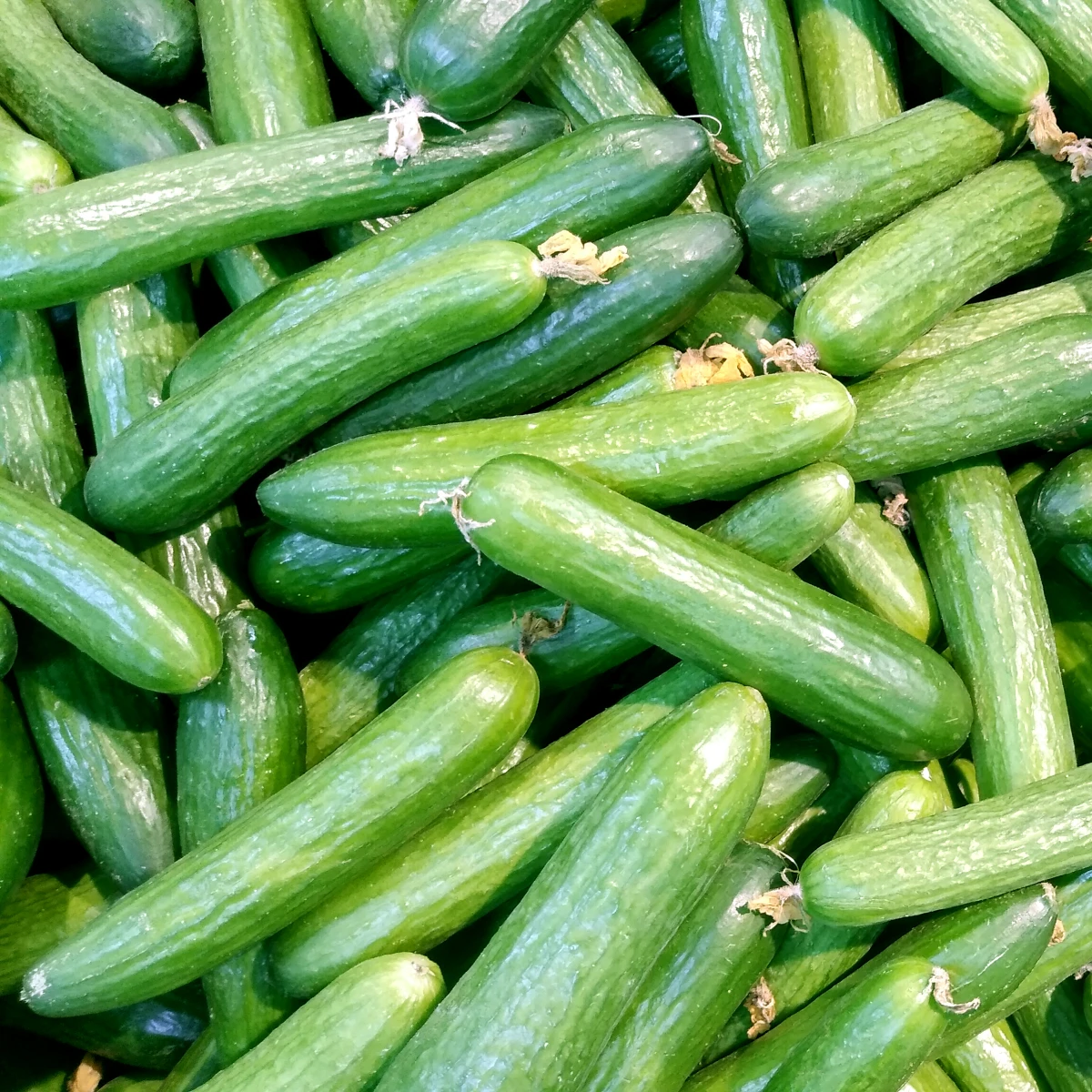
Inspiration:
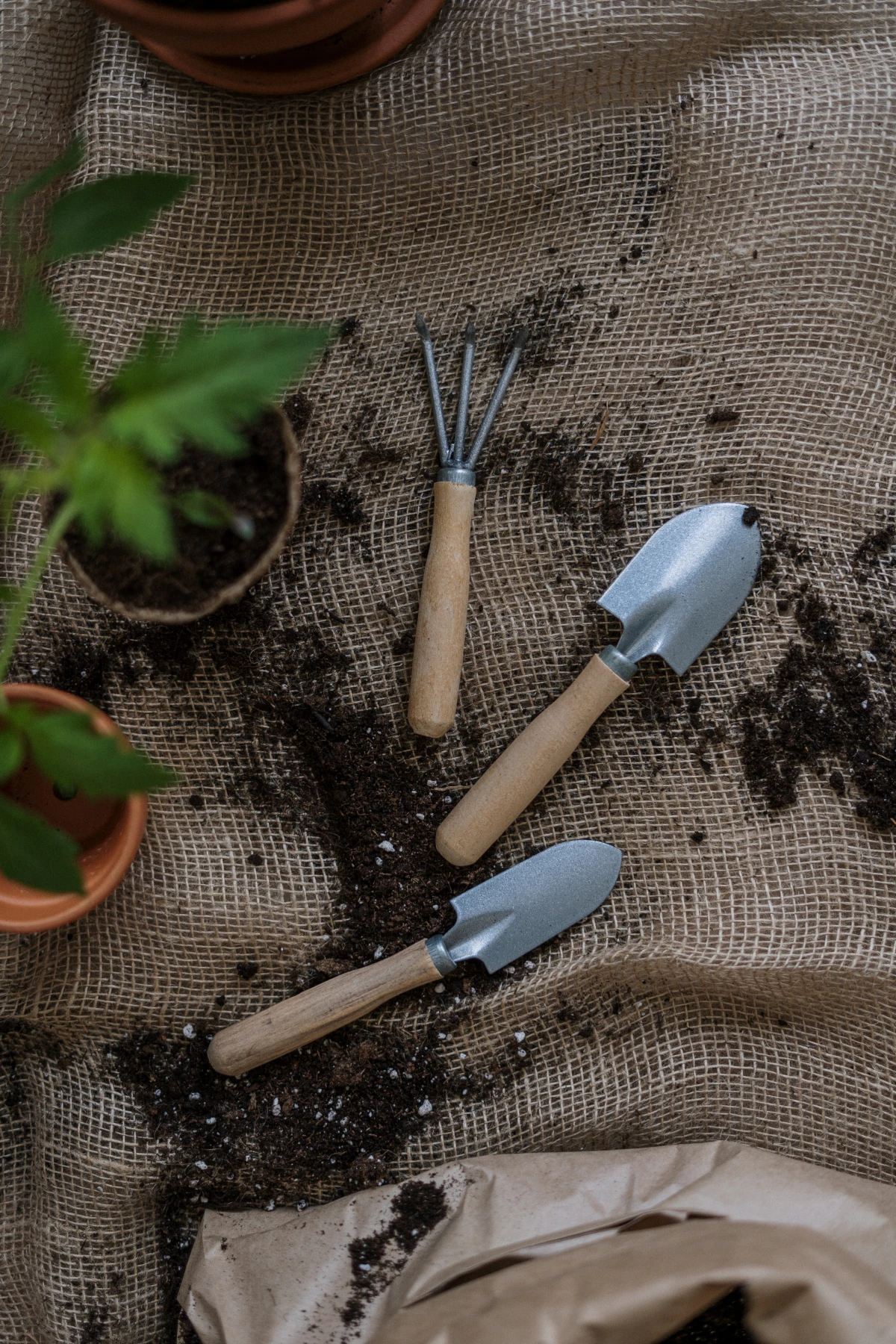
You don’t need a shed full of gear to get started. Focus on a few quality basics that feel good in your hand and will last beyond one season. Your starting toolkit should include:
- A solid trowel: Look for one with a stainless steel head that won’t bend when you hit a rock. The Fiskars Ergo Trowel is a comfortable, affordable classic.
- Bypass pruners: Essential for clean cuts when harvesting herbs or trimming tomato plants. They work like scissors and are much better for the plant than tearing stems.
- Watering can with a ‘rose’: That sprinkler-like head is crucial. It delivers a gentle shower that won’t blast your delicate seedlings out of the soil.
- Good gloves: Not just for keeping clean, but for preventing blisters and protecting your hands from thorns or sharp-edged grass.










